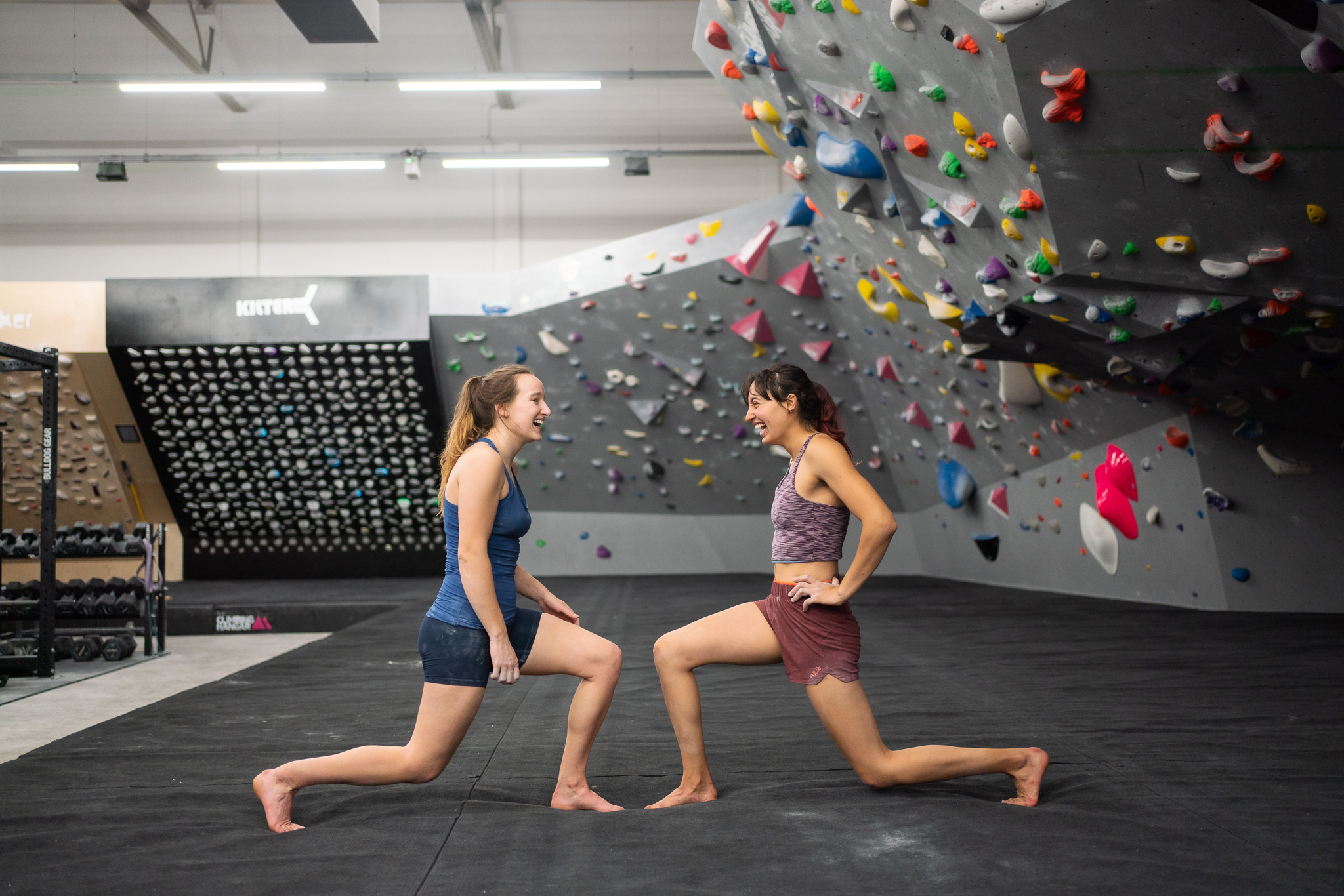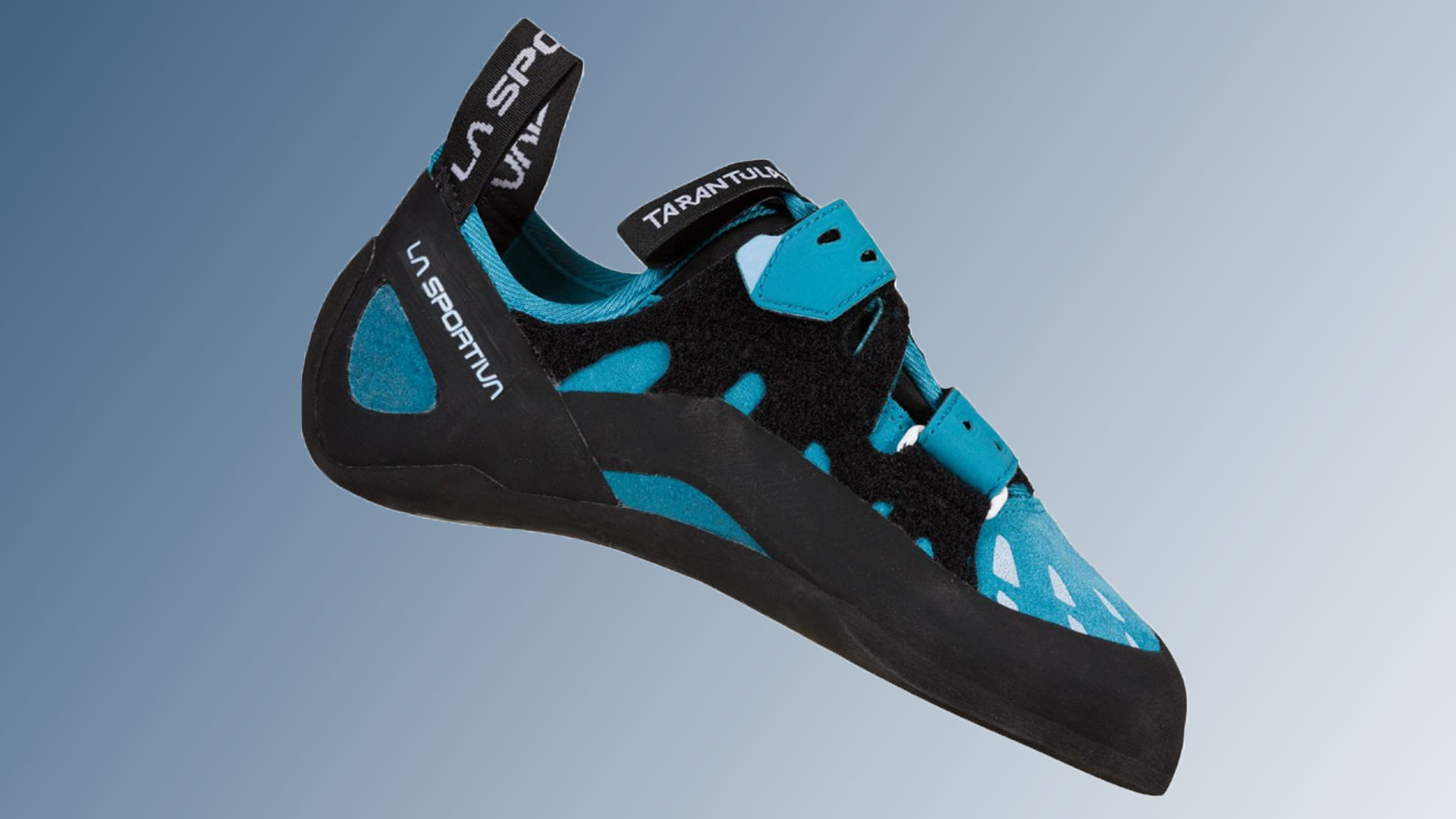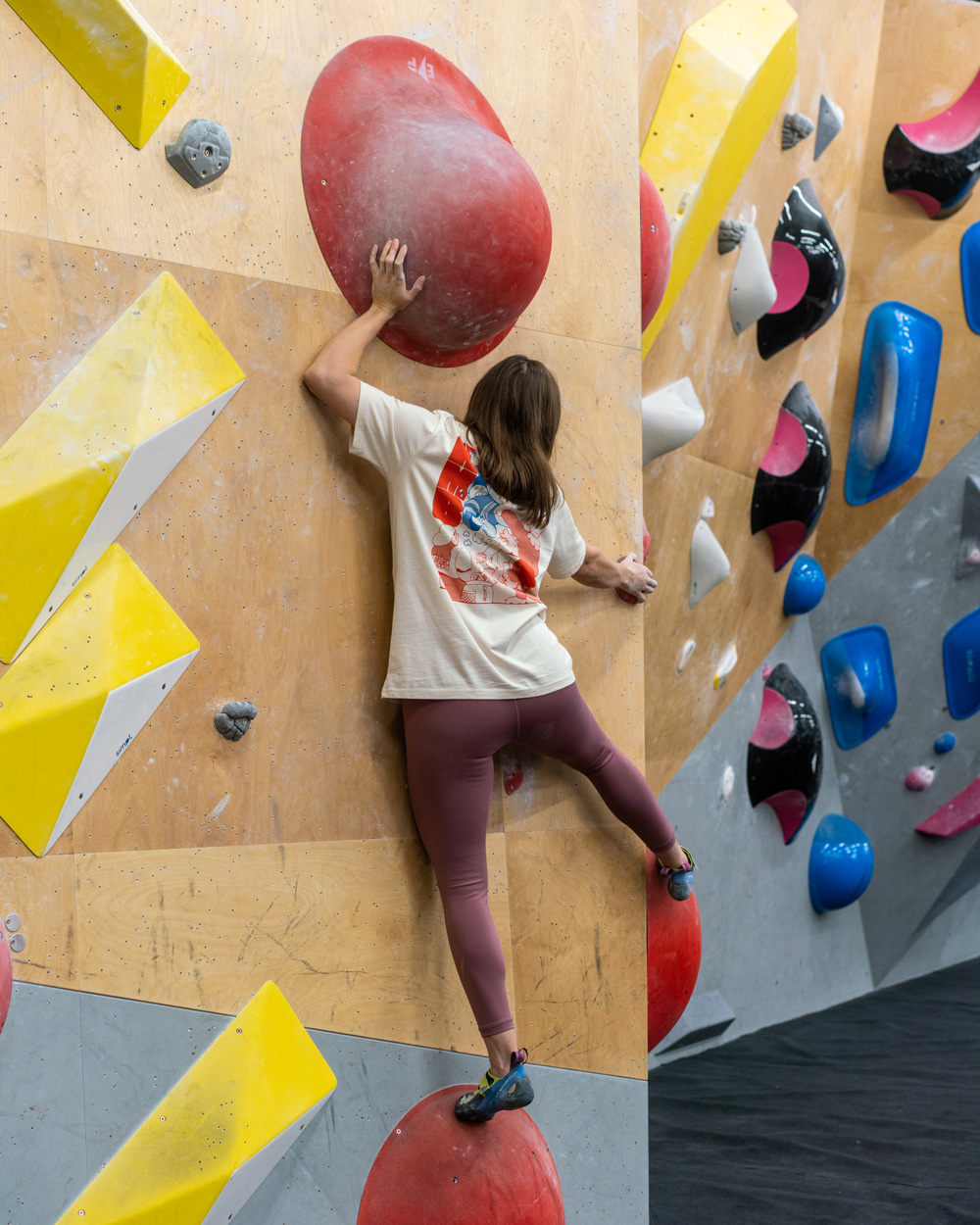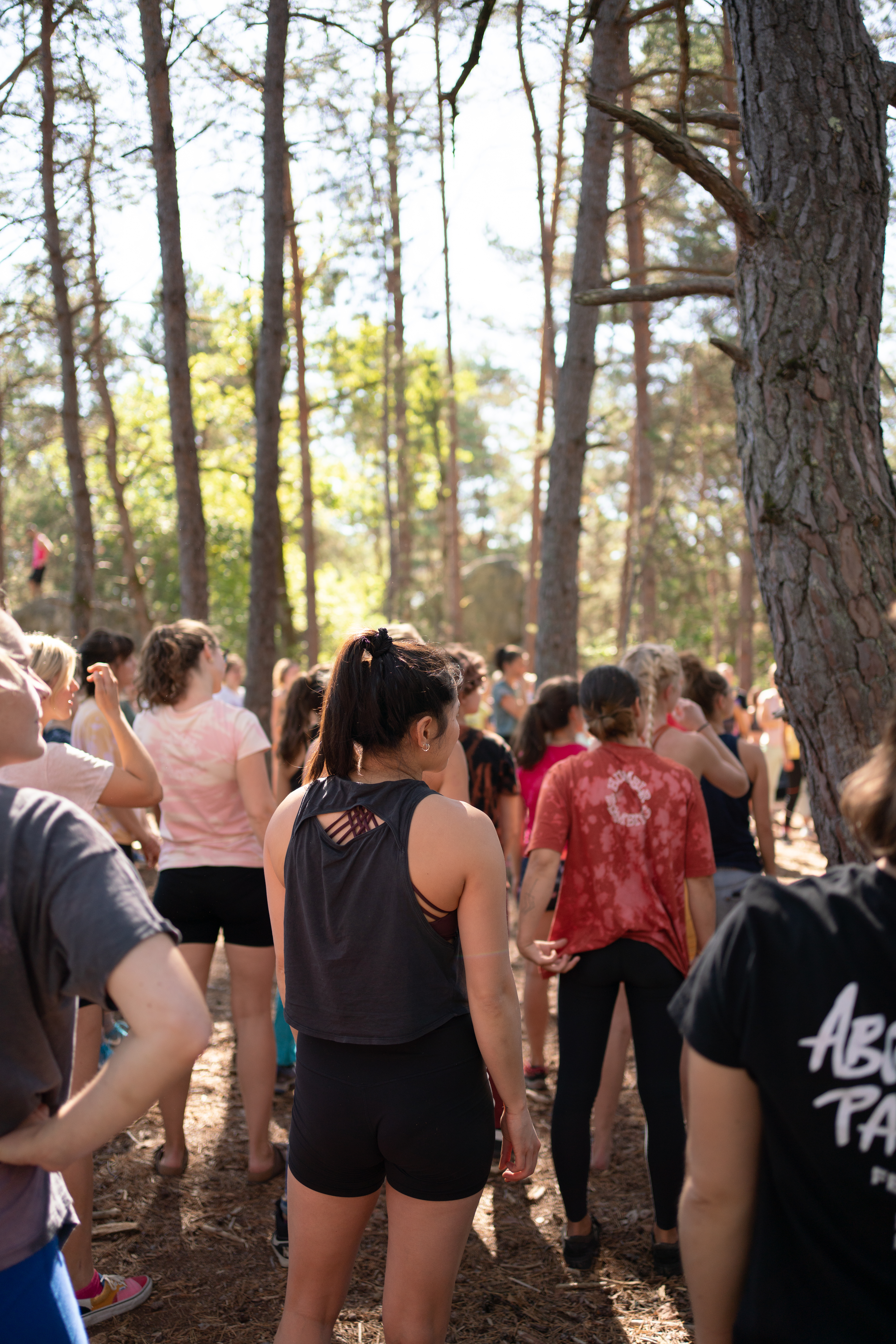Having made its debut at the Tokyo 2020 Olympic Games, climbing is becoming an increasingly popular sport. The Association of British Climbing Walls estimates that around one million people in the UK now climb regularly. Memberships at indoor climbing gyms are soaring and outdoor crags are seeing greater footfall than ever before, but what exactly is it about climbing that has people so hooked and could it be your new favourite hobby too?
As a fun and engaging way to keep fit and learn new skills, climbing has proven itself as a fantastic sport for improving not only our physical health, but our mental wellbeing too. The benefits of rock climbing include increased energy levels, improved muscle tone, improved self-confidence and a sense of belonging to a community. If you’ve been considering taking up climbing, there seems little reason to delay lacing up your shoes.
Which Climbing Discipline is the Best to Start Out With?
Before you dive in, you’ll want to pick a discipline to try first. It may surprise you to know that there are over 20 different types of climbing and many more niches to choose from.

Bouldering
Bouldering is a discipline of unroped climbing and perhaps the best place to start if you’ve never climbed before. “Without ropes?!” you might ask. Before you head for the nearest exit, let us explain. Although it doesn’t require safety ropes, bouldering is a style of climbing enjoyed at low height, over crash matting. Bouldering is the most popular form of climbing in the UK, likely because it requires minimal equipment and no prior experience – all you need to get started is a spare hour or two.
Sport Climbing
Sport climbing is a type of roped climbing where a climber scales much taller walls, clipping the rope into prefixed karabiners (also known as quickdraws) as they climb. Sport climbing is typically done with a climbing partner, or belayer, who will pay out rope, take in any slack in the system and catch any falls.
Trad Climbing
Trad climbing is a type of outdoor climbing where a climber places their own temporary protection as they climb. Trad climbing can be more dangerous and difficult to get into as it requires more kit, an understanding of ropes and a robust assessment of risk.
Where to Start?
For newcomers to the sport, the natural place to start is indoors. Indoor climbing is experiencing a real boom, with new climbing walls popping up all over the country. The Find a Wall map on the Association of British Climbing Walls‘ website is a really handy resource for locating your nearest venues and just a simple search on Google will return plenty of gyms for you to get started in, with many offering introductory courses or inductions to ease you in.
You can expect to pay around £10 for entry to a climbing gym, which may or may not include shoe hire. It should be noted that climbers typically invest in their own pair of climbing shoes after a while to save on rental costs – a great all-round option if you’re just starting out might be the La Sportiva Tarantula, which is described as ‘a multifunctional climbing shoe, ideal for beginners’. Check out our climbing shoes buyer’s guide for more on what to look for as a beginner to climbing.

Once you’ve booted up at the bouldering gym, you’re good to hit the mats. The beauty of indoor bouldering is that you need very minimal gear – some chalk, to help fight against sweaty palms, and some climbing tape for sore skin might also come in handy for your sessions. Beyond that, it really is just you and the wall.
Transitioning from Indoors to Outdoors
Indoor bouldering provides a great foundation for exploring sport climbing and for transitioning to outdoor climbing and the wealth of spectacular locations we have in the UK. To begin this transition, it’s a good idea to see if your local indoor climbing wall offers any outdoor courses. They’ll also be able to direct you to any local clubs or groups that organise trips to nearby locations and beyond.




